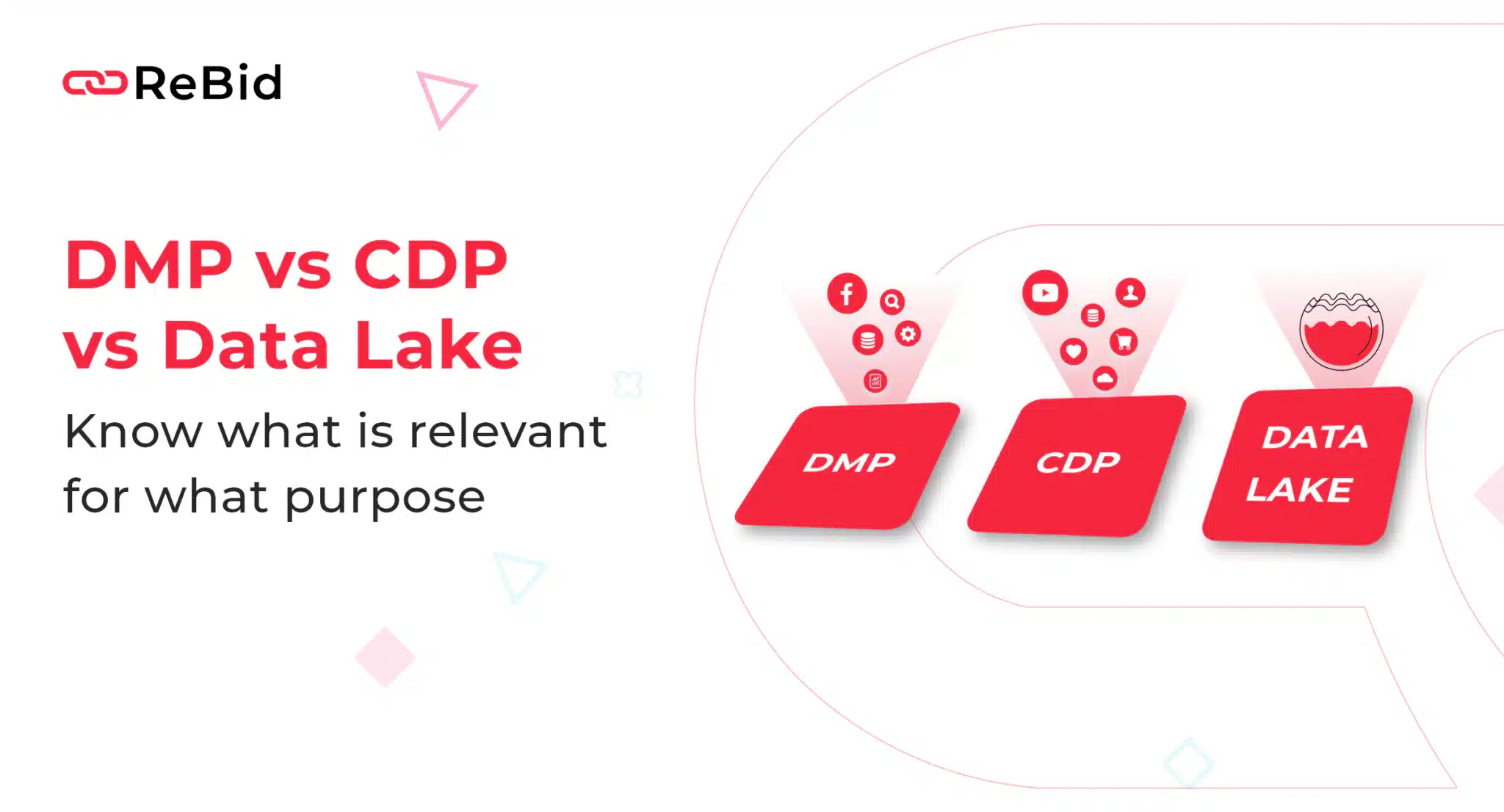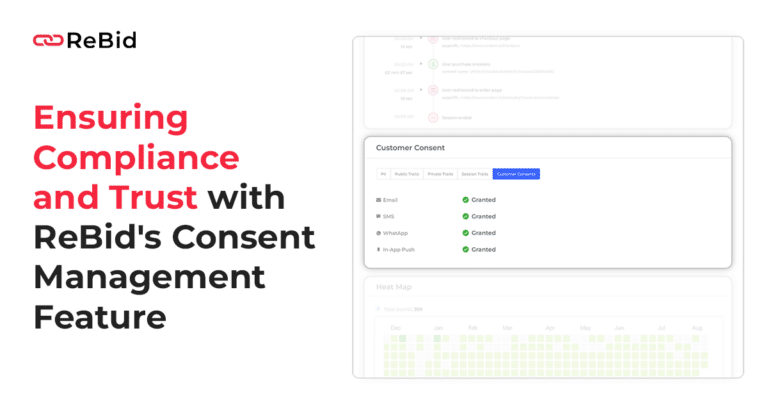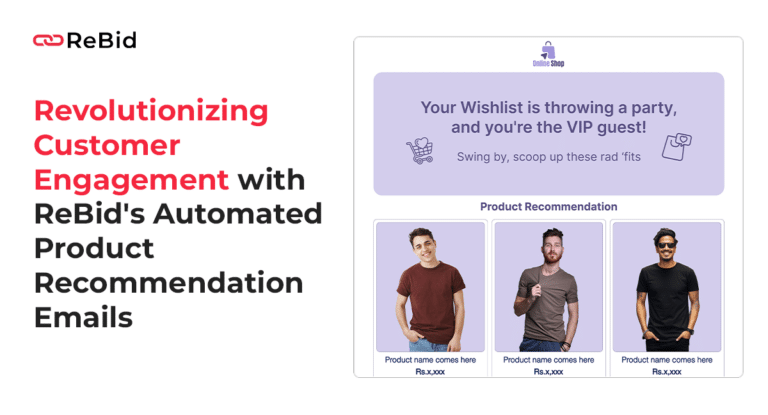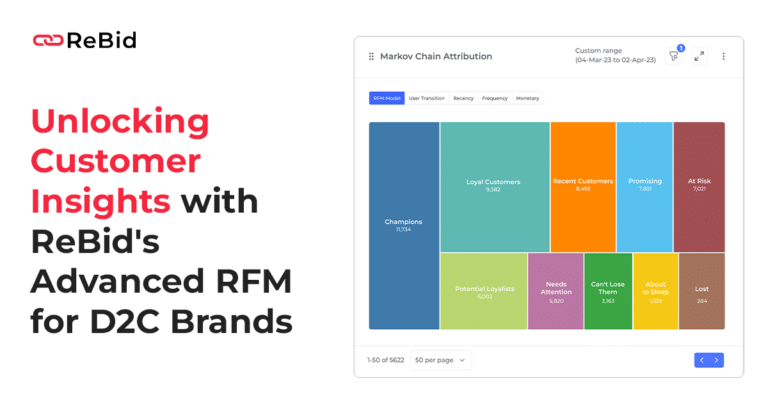You are a growing business looking to up your digital advertising game.
For every ad campaign you run, you will be collecting a lot of data.
You will also be processing the data in different forms.
But where will all this data be stored, and how?
Let’s look at the three foundational platforms and solutions for data storage that are available:
Data Lakes
Data lakes are exactly what they sound like – storage for a vast expanse of first-party data. It can be at any scale, and the data need not have any form or structure. You can just store it in the manner you collect it, unorganized and raw.
A Data Lake collects data from your mobile applications, IoT devices, and social media platforms.
Even without structuring the data, you can have AI tools process it or run analytics. This means that you do not have to worry about having any parameters or goals in mind while collecting this data.
Instead, you can use this raw data to frame potential value propositions. Since the data is unstructured, your data science teams can apply a wide range of analytics.
Data Lakes are a low-cost, agile storage option due to their ability to support marketing analytics. A Data Lake is not a static repository of data. Depending on the applications and technologies you integrate with it, it can provide novel data capabilities and evolve as per your needs.
Benefits:
- Sift through the data to trace and identify the owner/customer;
- Assist in campaign preparation by providing a macro perspective of all the data stored in it and flag processes with agility to optimize marketing funnels;
- Put together dashboards that update themselves in real-time for swift decision-making.
Data Management Platforms (DMPs)
DMPs systematically accumulate and synthesize data to distill insights that dictate the direction your ad campaigns take. This data includes anonymized data such as cookies, non-identifiable customer data, and also data points from ads.
DMPs compile data from numerous second-party and third-party sources and curate it so that other tools can utilize it to produce insights.
When you have consumable data that is structured and synchronized, you can use these to intimately understand your target audience and plan your campaigns accordingly to get maximum returns.
Moreover, with a DMP, you will track which segments convert more and at what touchpoint, thus making your marketing strategies reproducible and scalable.
Benefits:
- Allow for real-time profiling across different screens so that you can target not just the right person at the right time but also on the correct device/screen;
- Unlock entirely new data segments through:
o Lookalike modeling, i.e., replicating your current audience database. How? By cross-referencing common characteristics of existing customers and filtering new customers accordingly.
o Audience extension, i.e., enriching existing data with new third-party data points.
- Integrate first-party, second-party, and third-party data into one central system
- You can sell curated first-party data if you are a publisher using your DMP.
Customer Data Platforms (CDPs)
CDPs focus mainly on first-party data, such as names, addresses, contact information, gender, and so on.
You can store structured first-party data within a CDP. These aggregated datasets are reorganized to provide a bird’s eye view of the customers and the entire customer base.
With such a complex level of detail regarding your customers, you can analyze customer behaviour based on endless parameters.
CDPs can also track offline customer data and simultaneously unify data points from multiple sources.
CDPs don’t just stop at personal data or descriptive data about a potential customer. They collect opinions, online activity information, promo email click-through rates, and other qualitative data and thus unify all the footprints in a customer journey and provide insights for further marketing efforts.
Benefits:
- Consolidate data for all kinds of marketing efforts and not just for campaign targeting.
- Organization-wide data silos can be prevented.
- Profile customers in a way that can be reproduced in different formats and visuals.
Differences between CDPs and DMPs
- DMPs collect third-party data, whereas CDPs organize first-party data.
- DMPs consolidate anonymous customer information, with no identifying information, unlike CDPs, that collect identifiable data.
- CDPs store the data for long-term usage across multiple campaigns, whereas DMPs retain data for campaign-wise periods and then reshuffle the data after the campaign is over.
Let’s Set You Up
Knowing about the relevant storage options, benefits, and purpose is crucial to understanding how your data needs to be channelized to help drive returns through your ad campaigns. ReBid can assist with organizing your data across these platforms.
So, if you want to unlock rich data-driven insights for your ad campaigns, let’s get started, shall we?





